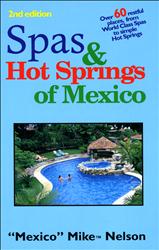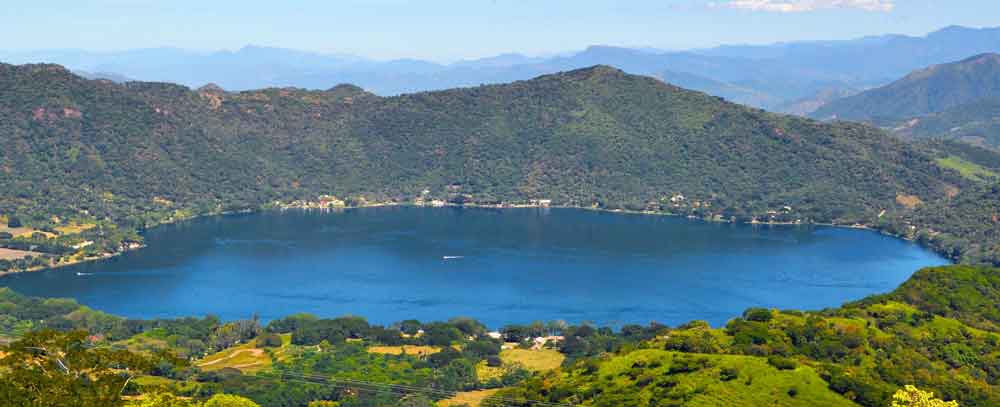Hot Springs of Mexico
OK first of all, for those of you new to this, a “Hot Spring of Mexico” is different than any other hot spring in the world. The articles below will explain further. But let’s start with the basics. According to Wikipedia, a Hot Spring:

A hot spring, hydrothermal spring, or geothermal spring is a spring produced by the emergence of geothermally heated groundwater onto the surface of the Earth. The groundwater is heated either by shallow bodies of magma (molten rock) or by circulation through faults to hot rock deep in the Earth’s crust. In either case, the ultimate source of the heat is radioactive decay of naturally occurring radioactive elements in the Earth’s mantle, the layer beneath the crust.
Hot spring water often contains large amounts of dissolved minerals. The chemistry of hot springs ranges from acid sulfate springs with a pH as low as 0.8, to alkaline chloride springs saturated with silica, to bicarbonate springs saturated with carbon dioxide and carbonate minerals. Some springs also contain abundant dissolved iron. The minerals brought to the surface in hot springs often feed communities of extremophiles, microorganisms adapted to extreme conditions, and it is possible that life on Earth had its origin in hot springs.
Humans have made use of hot springs for bathing, relaxation, or medical therapy for thousands of years. However, some are hot enough that immersion can be harmful, leading to scalding and, potentially, death.
Whoa – pretty cool right? Well, check out my experience at the following springs in Mexico below.











